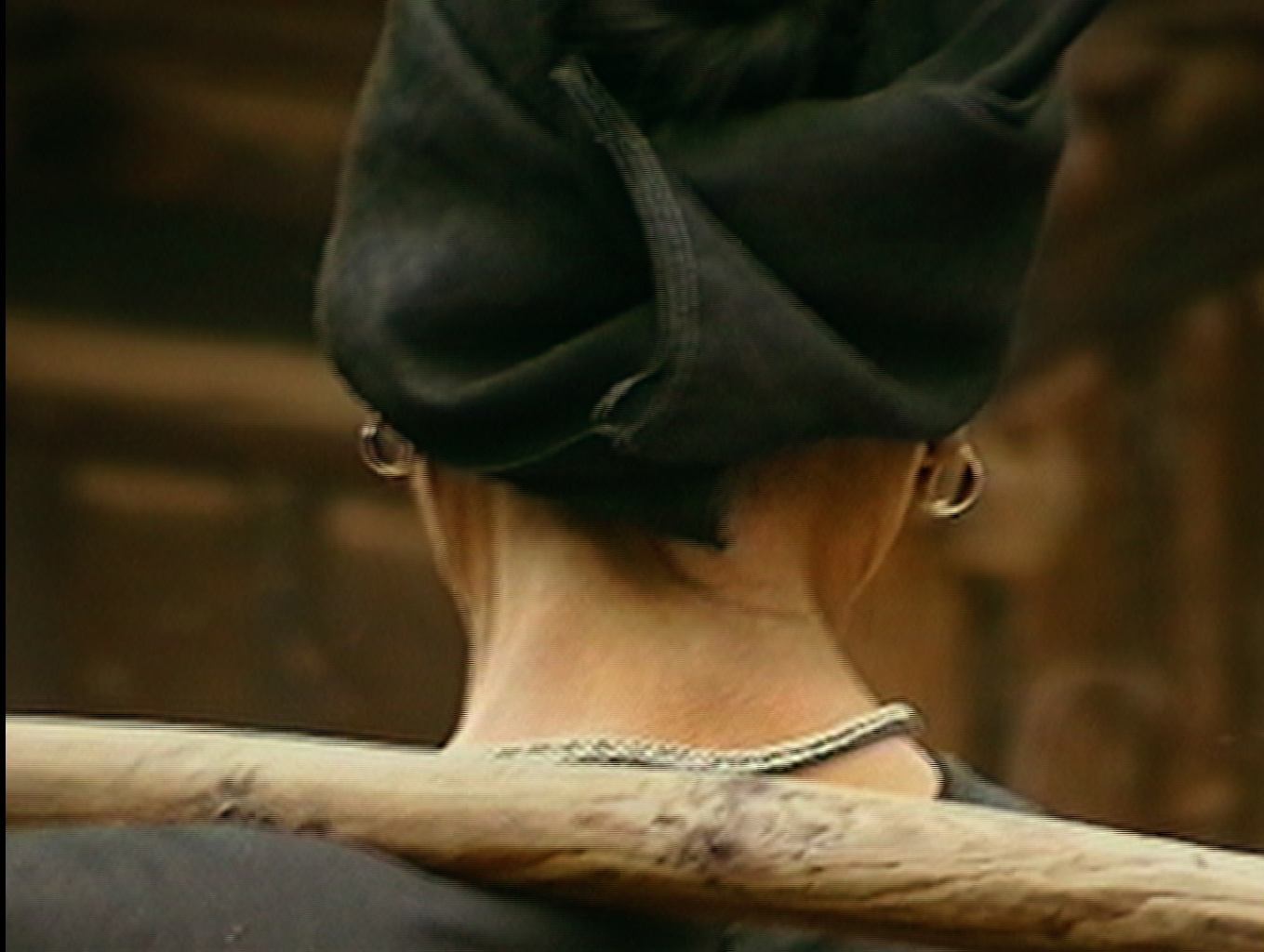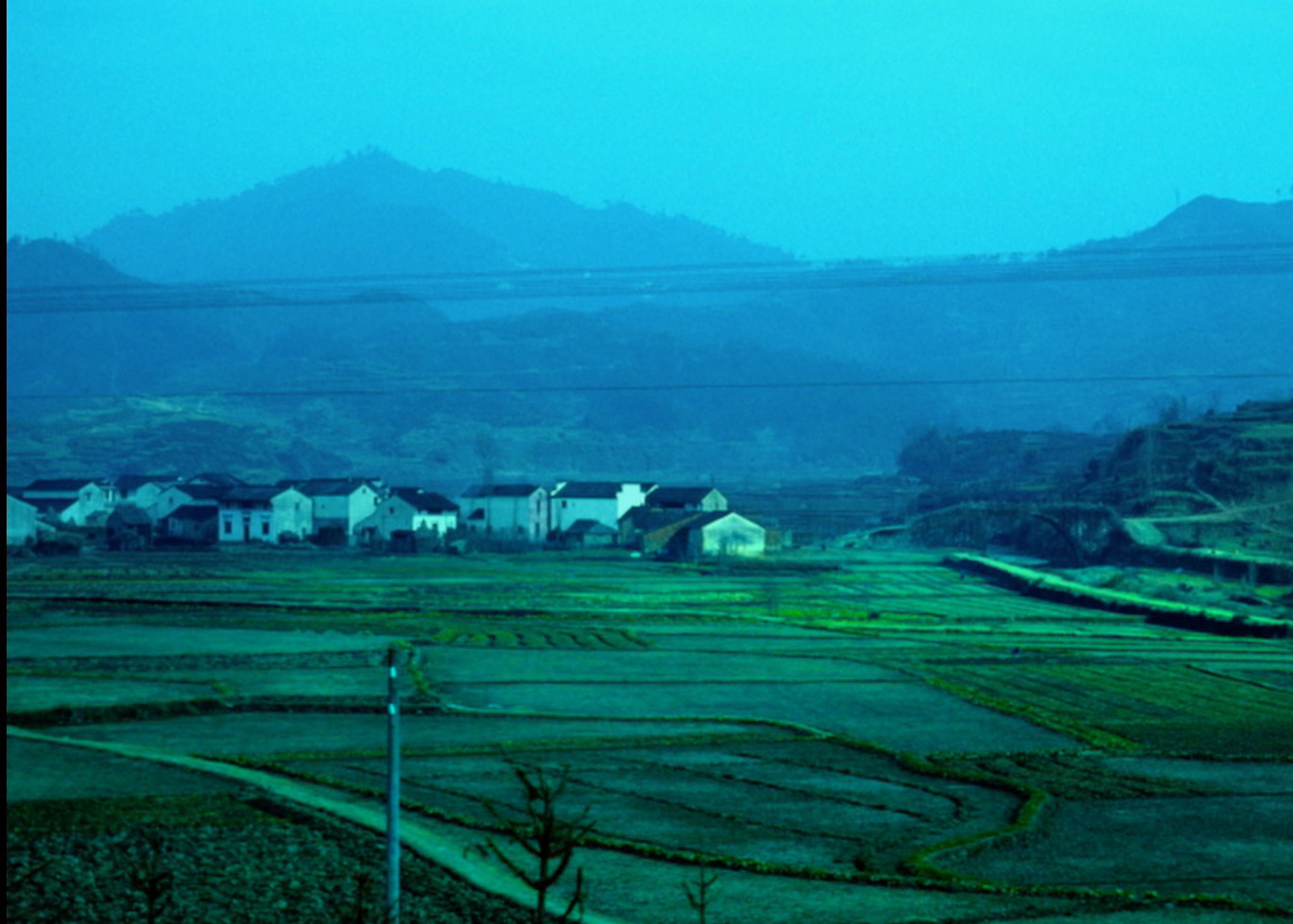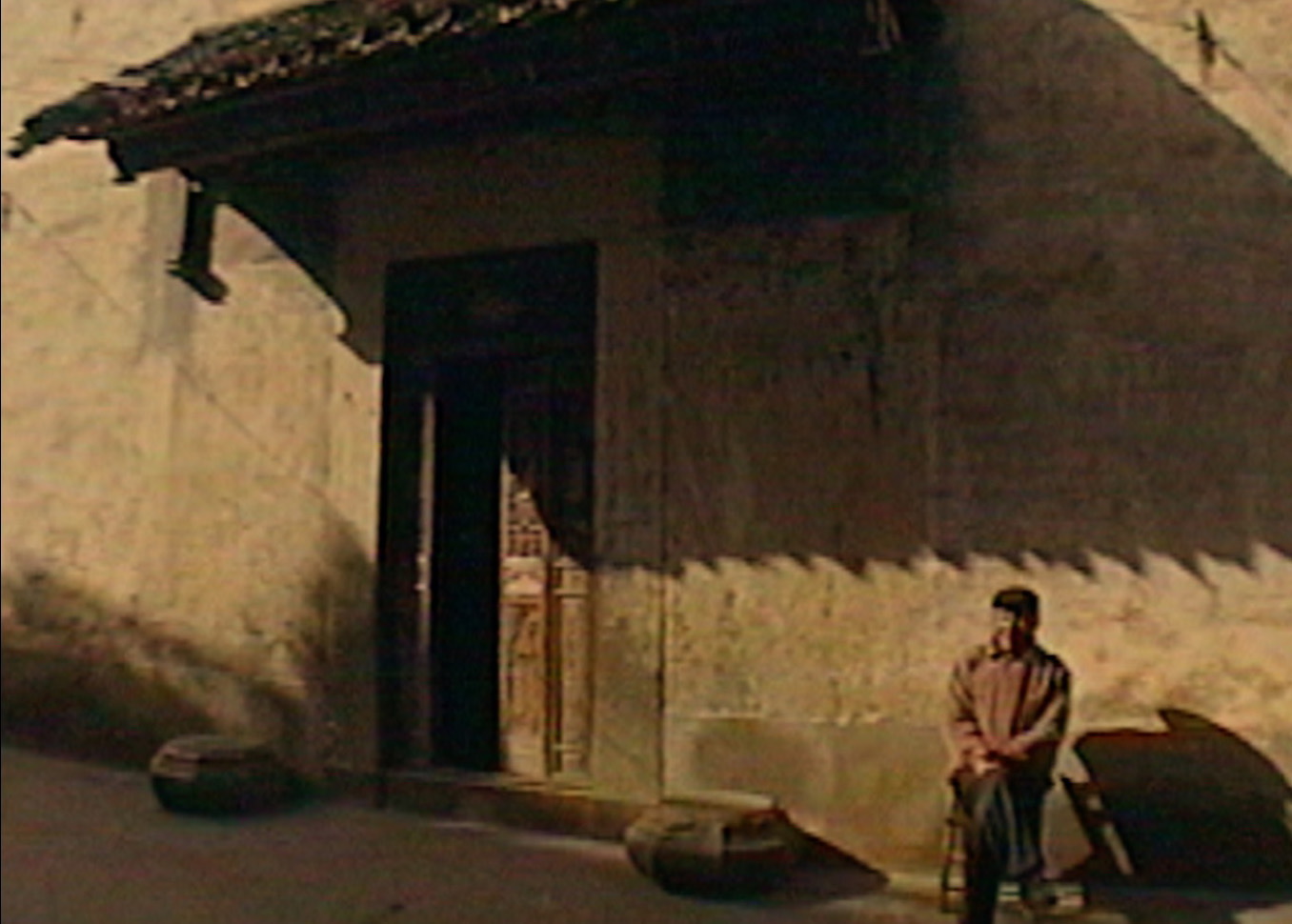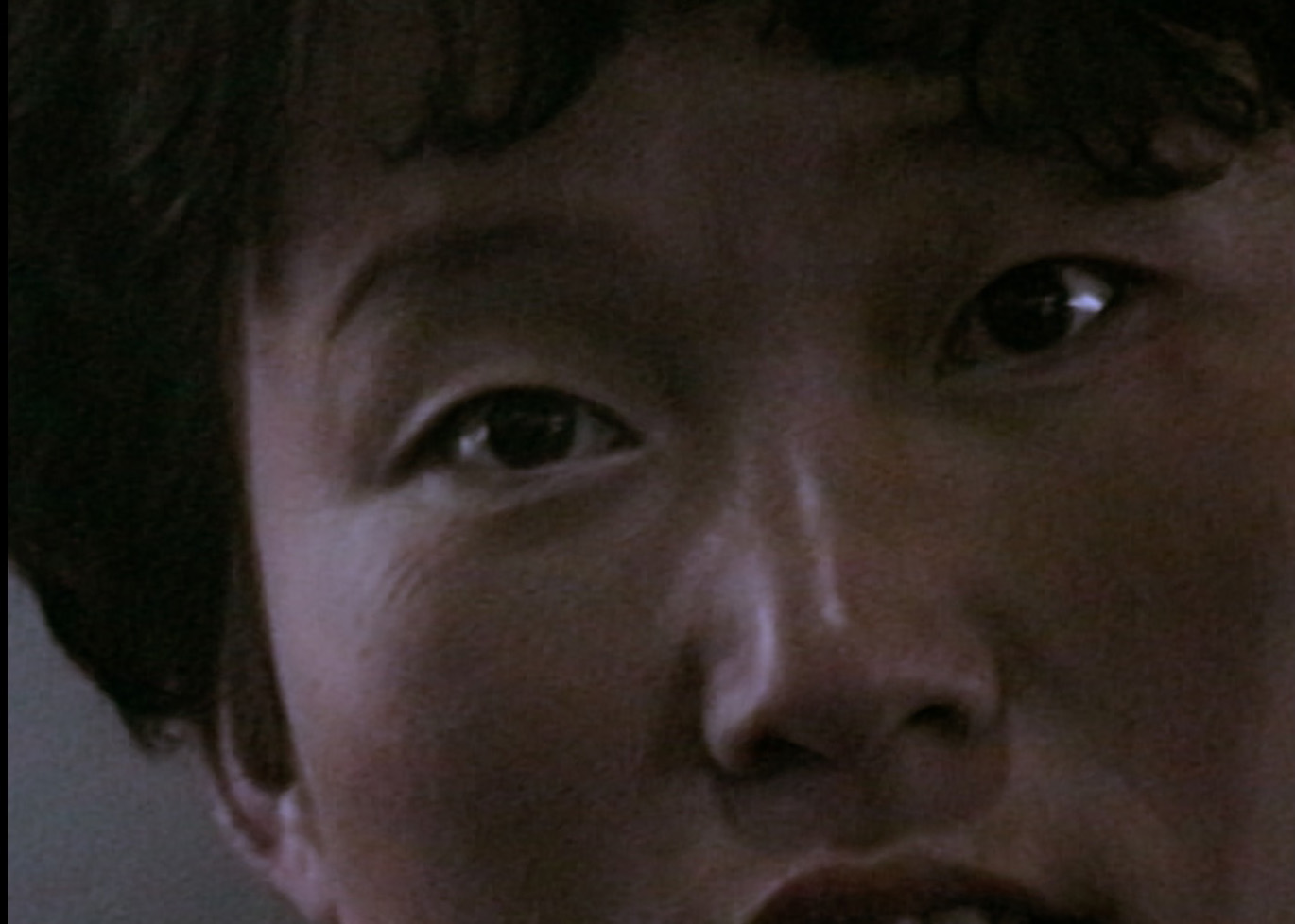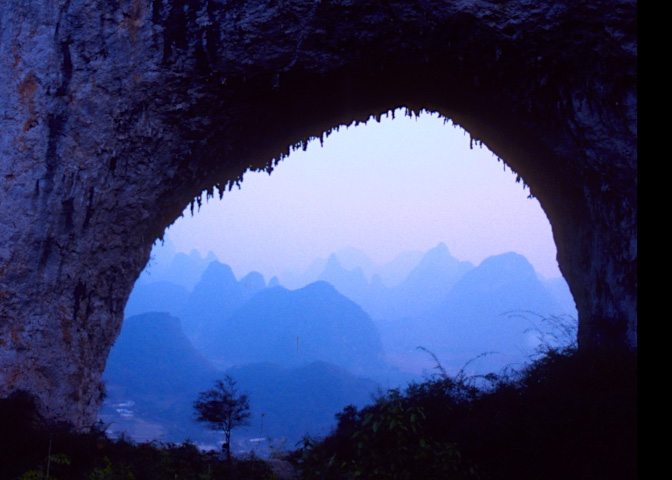What about China?
TRINH T. Minh-ha
- US,China
- 2022
- 135min
- G
- DCP
- color
KP
Synopsis
Shot in 1993–1994 in villages of Eastern and Southern China linked in common lore to the remote origins of China’s civilizations, the film offers a journey into the wealth of China’s traditional architecture while exploring the hinterlands of self and other in their encounter. It addresses the process of “harmonizing” a rural China, due to the country’s Great Uprootingnd seeks to engage the viewer further by asking: What exactly is disappearing? And who?
Review
Trinh T. Minh-ha is a filmmaker whose works traverse the fields of films, writings, and installation arts, examining the politics of representation through the lens of postcolonialism and feminism. Criticizing the existing ethnographic approaches, her works have greatly influenced the artists and researchers reflecting on anti-ethnography. Using traditional Chinese architectures captured in the videos and photos of early 1990s and the images of the people living inside them, What about China? addresses the great migration and the village culture fading because of it. As the filmmaker says, the film does not waste its effort on looking for the “true” China. Rather, by way of a question (“What about China?”), it investigates what is under the surface of the image of China that has been normalized through the depictions by mainstream media and public representations. The film brings back the possibilities that were once harbored in the women, children, and families of China, or more precisely, of the vanished Chinese landscape. It is a recent achievement from the master who have long delved into the possibility of the montage of multi-layered sounds and images along with poetic texts.
Director
-
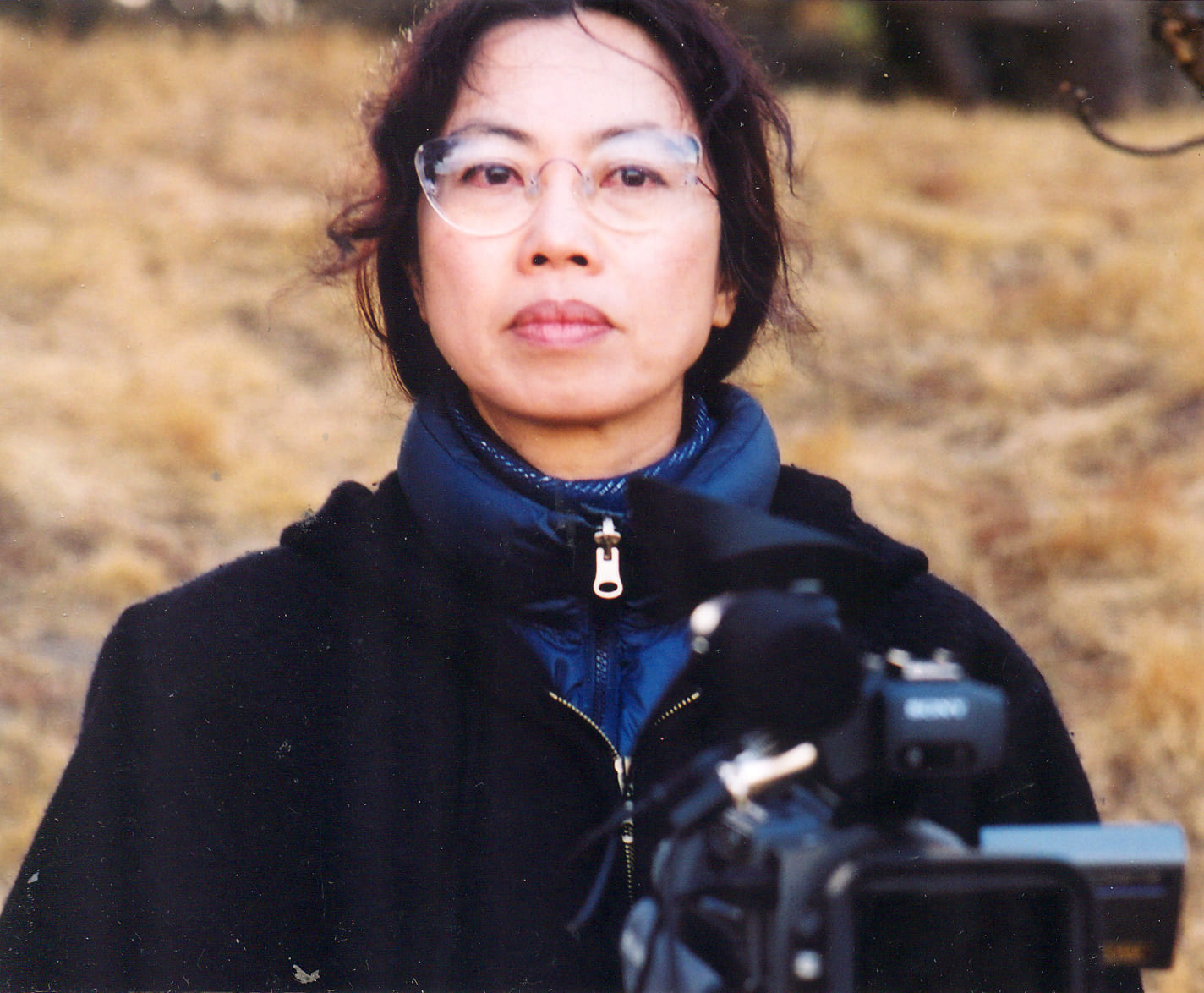
TRINH T. Minh-ha
Filmmaker, writer, composer and Professor. Her work includes nine feature-length films, several large-scale multimedia installations and numerous books. She has traveled and lectured extensively in the States, as well as in Europe, Asia, Australia on film, art, feminism, and cultural politics.
